How to Choose a Life Jacket for Stand Up Paddle Boarding
Stand up paddle boarding (SUP) is an exciting way to get out on the water. However, when venturing off to enjoy the wonderful sport of SUP, it's best to head out prepared. For a water sport, preparation includes safety.
As with all water sports, a personal flotation device (PFD) is an essential piece of safety equipment. Some states even require PFDs by law. Your age, location and circumstance determine what's required, so it's always good to check with local authorities before heading out.
We're going to give you all the crucial info you need to pick a proper lifejacket for standup paddleboarding. Any paddler can tell you the importance of this buoyancy aid, but it can be difficult to know which SUP PFD is appropriate for the situation. We're going to outline the different types of PFDs and give you recommendations for how to choose your own.
Contents
- Why Every Paddle Boarder Needs a PFD
- Understanding the Types of Life Jackets (PFDs)
- How to Choose the Best Life Jacket for SUP
- Beyond the Life Jacket: Essential SUP Safety Considerations
- Wrap-Up: Choosing the Right PFD for Your Next SUP Adventure
- FAQs: Paddle Boarding Life Jackets Answered
Why Every Paddle Boarder Needs a PFD
When it comes to stand up paddle boarding, there’s something incredibly freeing about gliding across calm water with nothing but the sun, your board, and a paddle. But freedom on the water should never come at the expense of safety. That’s where a personal flotation device, or PFD, comes into play. Whether you’re a beginner sticking close to shore or an experienced paddler venturing farther out, a well-chosen life jacket can mean the difference between a close call and a serious emergency.
Legal Requirements and Safety Benefits
Personal flotation devices serve one essential function—keeping you afloat. Simple as that may sound, it’s a powerful layer of protection that makes a world of difference when things don’t go as planned. In the United States, the Coast Guard classifies SUPs as vessels, which means you’re subject to similar safety rules as kayaks and canoes. These include having a U.S. Coast Guard-approved life jacket on board, and in many regions, kids under 12 are required to wear one at all times.
But following the law is just the beginning. Life jackets provide immediate buoyancy if you fall into the water, help prevent fatigue while swimming, and increase your visibility to others. In short, they’re not just for the worst-case scenarios—they’re there to help avoid them altogether.

With its bold, high-visibility orange, powerful reflective panel, and breathable mesh design, this Life Jacket delivers both standout safety and all-day paddling comfort.
Understanding the Types of Life Jackets (PFDs)
If you're serious about safety—and comfort—on a stand up paddle board, then understanding the different types of PFDs (Personal Flotation Devices) is non-negotiable. While the U.S. Coast Guard classifies PFDs into five categories, Type III and Type V are the go-to options for paddle boarders. Why? Because they’re specifically designed with mobility, comfort, and active movement in mind—key elements when you’re paddling for hours or practicing SUP yoga.
Let’s break down what each type offers and help you decide which one suits your style on the water.

Personal Flotation Device Classification Types
Foam Core PFDs (Type III PFD)
One of the most common PFDs found in the SUP world is the foam core vest. Although slightly bulkier than inflatable vests they benefit from minimal maintenance and reduced cost.
Their foam construction doesn't require any air chambers or gas cartridges to keep you afloat. Therefore, the regular service and maintenance is reduced significantly. Another major advantage that standard vests have over inflatable vests or belts is that their size allows for pockets and storage. Of course, not all models have pockets, but not all SUPers need them. Take the time to think about the range of activities you plan on doing on your SUP and in the water in general when making the final decision.
Why choose a Type III:
- Always-on flotation: no manual steps needed
- Lower maintenance (no cartridges to inspect or replace)
- Typically includes extra features like pockets, breathable mesh, or reflective elements
Best For:
- Beginners or less confident swimmers
- River paddling and whitewater conditions
- Those who prefer the peace of mind of passive protection
Things to Note:
Foam vests can feel a bit bulkier than inflatables. But newer designs have trimmed down the profile, and with added ventilation and ergonomic shaping, they’re far more wearable than older models.

The ThursoSurf Life Jacket is a good example of a modern Type III foam vest. It combines reliable floatation with improved comfort, making it ideal for paddlers who want dependable protection without sacrificing flexibility or breathability.
Inflatable PFDs (Type V)
Inflatable vests are a great option for SUP. They consist of either a single or pair of air chambers that inflate from a built-in gas cartridge. That technology helps them achieve a minimalist design that makes them more comfortable and less bulky. Meaning, slimmer chest and back plates and less ribbing or belts in the front. That in turn creates a life vest designed for a greater range of motion when compared to common vests.

Type V - Inflatable Vests
Why Choose Type V:
- Sleek, lightweight, and low-profile design
- Excellent mobility for long-distance paddling or SUP yoga
- Ideal for warm-weather paddling when breathability matters
Best For:
- Experienced paddlers on flat water
- Fitness-focused or touring SUPers
- Anyone prioritizing comfort and movement over all else
Things to Note:
Because they require activation (either manually or automatically), inflatable PFDs aren’t ideal for all situations. You’ll also need to stay on top of maintenance—checking the cartridge, rearming as needed, and inspecting before every outing.
Auto inflatable and Manual inflatable PFDs (type V)
Inflatable vests come in two versions - auto inflatable and manual inflatable. Manual inflatable life vests only inflate upon manual activation. Usually by pulling a cord located in the front of the vest. Auto inflatable vests automatically inflate upon immersion, although they can be inflated manually as well. It's important to consider how often you plan to get wet, because with an auto inflatable PFD you risk using the gas cartridge unnecessarily. Even the best paddlers fall off once in a while or feel like jumping in. Therefore, auto-inflatable PFDs are rarely used by SUP boarders.
Unlike the more common foam core vests, inflatable life jackets require regular maintenance. This of course is due to the gas cartridges that allow them to inflate. Because of this design feature, it's recommended to check them before you head out and replace the gas cartridge annually (refer to OWNER's MANUAL for maintenance requirements).
Inflatable Life Belts
Inflatable life belts are by far the most streamlined PFD available. When worn around the waist like a belt, it's easy to forget you're even wearing a PFD. However, when in use, inflatable life belts offer similar buoyancy to other options. Like manual inflatable vests, they require you the user to activate the gas cartridge by pulling on a cord. And also like the other inflatables they need to be serviced regularly because they contain a gas cartridge.

Type V - Inflatable Life Belt -@isupworld
Why Choose a Belt-Style Inflatable:
- Unmatched comfort and freedom
- Doesn’t interfere with paddling technique or arm movement
- Great for hot climates or low-risk environments
Keep in Mind:
Since these belts must be manually inflated and positioned after use, they’re best for confident swimmers in calm conditions. As with all inflatables, regular cartridge maintenance is essential.
How to Choose the Best Life Jacket for SUP
Once you’ve wrapped your head around the different types of PFDs, it’s time to think about what really matters: finding the one that fits you, your paddling style, and your comfort level on the water. Stand up paddle boarders come in all shapes, sizes, and experience levels. So, naturally, your life jacket should reflect that too.
A great PFD shouldn’t just keep you afloat—it should feel like a natural part of your gear. Here’s what to keep in mind when narrowing down your choice.
Size
Regardless of what type of PFD you choose, it must fit well to work properly. You could slide out of a PFD if it's too large or find yourself overly constricted if it's too tight. Since sizing can vary between brands and models it's worth considering a visit to an outfitter. However, if that's not an option, do your best to get accurate measurements of your body before selecting a size.
Also keep in mind that you may be wearing your PFD over clothing. So when taking measurements yourself or trying one on at the shop, consider your usual SUP attire. You want it to fit snugly around your chest with free unrestricted movement of your arms, which will allow you to paddle freely.
The PFD market is extremely diverse. There are male and female options which take into account all of our sizing needs and differences. Don't be overwhelmed by the options, the variety allows for more comfortable PFDs for everyone.
Tips for getting the right size:
- Measure your chest with your usual paddling clothes
- Factor in extra layers for colder conditions
- Try before you buy if possible—or review detailed sizing charts
PFD brands now offer specific cuts for men and women, plus a wide range of sizes. Don’t settle for something that “kinda” fits—your comfort and safety are worth the effort.
Fit
Now that you found the right size it's time to adjust it to the right fit. You may think size and fit are one and the same, but when it comes to PFDs, they're both important to get right. Consider size and the general range that you fit within. Whereas fit is how you make your sized PFD perfect for you.
Fitting is fairly simply process, but worth taking the time to get right. It of course will also vary PFD to PFD, so it's best to consult the owner's manual for exact instructions. However, there a few general rules to keep in mind.
As previously mentioned you want your PFD to be snug, but not uncomfortable. Tighten it up and make sure you can still maintain a wide range of motion. When you feel like you have that right, check to make sure your PFD can't slide too far up or down your body. If it's loose when you're in the water it certainly won't be comfortable and may not even work properly.

Adjusting the side buckle of a PFD ensures a snug, secure fit—critical for both safety and paddling mobility.
Here’s how to check your fit:
- Tighten straps until snug but not restrictive
- Lift your arms overhead—if it rides up, it’s too loose
- Test paddling motion for range and comfort
If your PFD has a high back or mesh panel, even better—these reduce chafing and keep you cooler on long paddles.
Style
Modern PFDs aren’t just safer—they’re better looking and more wearable than ever. With various colors, sleek profiles, and gender-specific fits, it’s easy to find a life jacket that suits your style. And let’s be honest—if it looks and feels good, you're more likely to wear it every time.
Breathability is also a key factor, especially in warmer climates. Many foam vests now feature mesh backs and ventilation panels to keep airflow moving, while inflatable belts naturally offer more cooling since they leave your upper body uncovered until activated.
Don’t overlook practical extras like zippered pockets, reflective strips, quick-dry materials, or gear attachment loops. Foam PFDs often come loaded with these features, while inflatables lean more minimal—so pick what fits your paddling lifestyle best.

A convenient front pocket provides storage space for items such as sunscreen or energy bars, keeping essentials within easy reach.
Matching Your PFD to Your Activity
Your choice of PFD should align with how you use your paddle board. From relaxing lake days to intense whitewater sessions, different activities call for different features in a life jacket. Here's a quick breakdown to help guide your decision:
PFD Recommendations by SUP Activity Type
| Activity Type | Recommended PFD Type | Why It Works |
|---|---|---|
| Casual & Recreational Paddling | Type III Foam Vest | Reliable, always-on flotation—great for beginners and laid-back sessions |
| Touring & Long-Distance Paddling | Type V Inflatable or Belt PFD | Lightweight and low-profile, reduces fatigue over extended paddling time |
| SUP Yoga & Fitness | Belt-Style Type V Inflatable | Minimal restriction, maximum mobility—ideal for movement and balance |
| River or Whitewater SUP | Type III Foam Vest | Instant flotation with no activation needed—critical for rough or fast-moving water |
Notable PFD Brands:
Some trusted names in the game are known for combining safety with great design. Consider starting your search with:
- Astral Designs-Eco-friendly and stylish with a sport-first design
- Marine Technologies International (MTI)-Practical and lightweight, especially for recreation
- Northwest River Supplies (NRS)-River-tested and built to last
- Onyx-Affordable without cutting corners
- Stohlquist WaterWare- Known for ergonomic designs that fit like a glove
And of course, ThursoSurf’s Horizon Life Jacket deserves a mention. It blends the always-on safety of a Type III foam vest with breathable panels and a streamlined fit—perfect for paddlers who want comfort without compromise.

Click here to shop the ThursoSurf Horizon Life Jacket – a lightweight, USCG-approved Type III PFD designed for comfort, safety, and freedom of movement on every paddle adventure.
Beyond the Life Jacket: Essential SUP Safety Considerations
Our life jacket is the foundation of SUP safety, but it’s not the only thing that matters when you're out on the water. A few small gear decisions and habits can make a huge difference in your overall safety and comfort.
Let’s take a closer look at the key safety practices every paddle boarder—beginner or seasoned pro—should be thinking about.
RELATED:How to Plan a Paddleboarding Trip
Leash
The first consideration is having a leash. A SUP leash is secured around your ankle, and ensures that your board doesn't float too far away when you fall off. This coiled leash is designed so that it doesn't interfere while you are using the board, but extends when you fall off to keep your board close.
This is an especially relevant consideration if you are a beginner or not a strong swimmer. As a beginner, you might fall off more often, and retrieving your board can become a pain without a proper leash. Or if you are not confident in your swimming abilities, it can be a major bonus to have your board close by.

A coiled SUP leash not only keeps your board within reach after a fall—it’s a vital safety link that connects paddler to board, especially for beginners or weaker swimmers.
Check Weather and Water Conditions
Next up, be sure to check weather and water conditions before you head out for a paddle. Depending where you are paddleboarding, there may be many relevant considerations as to the safety of your outing. These include winds, fast water, big waves, temperature, current, and undertow. All of these features are worth consideration for your safety.
It might help to consult a local before heading out onto a body of water. Those familiar with the conditions will be able to tell you what to look out for. This is especially relevant when paddling in the ocean or on rivers, as these tend to have more turbulent conditions.
Evaluate Skill Level
As an extension of the above, the safety of the weather and water conditions will really depend on your skill level. You should have a good idea of what you can handle before you head out. While basically anyone can handle flat, calm water, the intense surf is best left to experienced paddleboarders.
So be sure to have a realistic assessment of your own skills, because these will determine your safety at various points in your experience.
RELATED: 4 Easy Ways to Improve Your Paddle Board Technique
Sun Protection
Finally, consider the sun. One of the most hazardous parts of a paddle can be the risk of sun burn! Be sure to either properly apply sun screen, or buy a life jacket or shirt that will cover you from sun damage. It might not be what you typically think of when you think of "safety", but it is a relevant consideration nonetheless.
Wrap-Up: Choosing the Right PFD for Your Next SUP Adventure
At the end of the day, the best life jacket for stand up paddle boarding is one that you’ll actually wear. Whether you prefer the reliable buoyancy of a Type III foam vest or the sleek minimalism of a Type V inflatable, the most important factors are fit, comfort, and suitability for your paddling style.
And don’t forget: a good life jacket is just one part of your paddleboarding safety toolkit. Add in a solid leash, some weather awareness, sun protection, and realistic self-assessment, and you’ll be set up for a confident and enjoyable time on the water.
FAQs: Paddle Boarding Life Jackets Answered
Q: Do I really need a life jacket for paddle boarding?
A: Yes. In most regions, you’re legally required to carry one. It’s a key safety tool—especially for kids.
Q: Foam or inflatable—what’s better?
A: Foam (Type III) offers always-on buoyancy; inflatable (Type V) offers comfort and range. Choose based on your paddling environment and experience.
Q: Can I use a kayak life jacket for SUP?
A: Yes, as long as it allows free arm movement and fits securely.
Q: What’s best for kids?
A: Always go with a Type III foam vest. It offers reliable, passive flotation that doesn’t require activation.


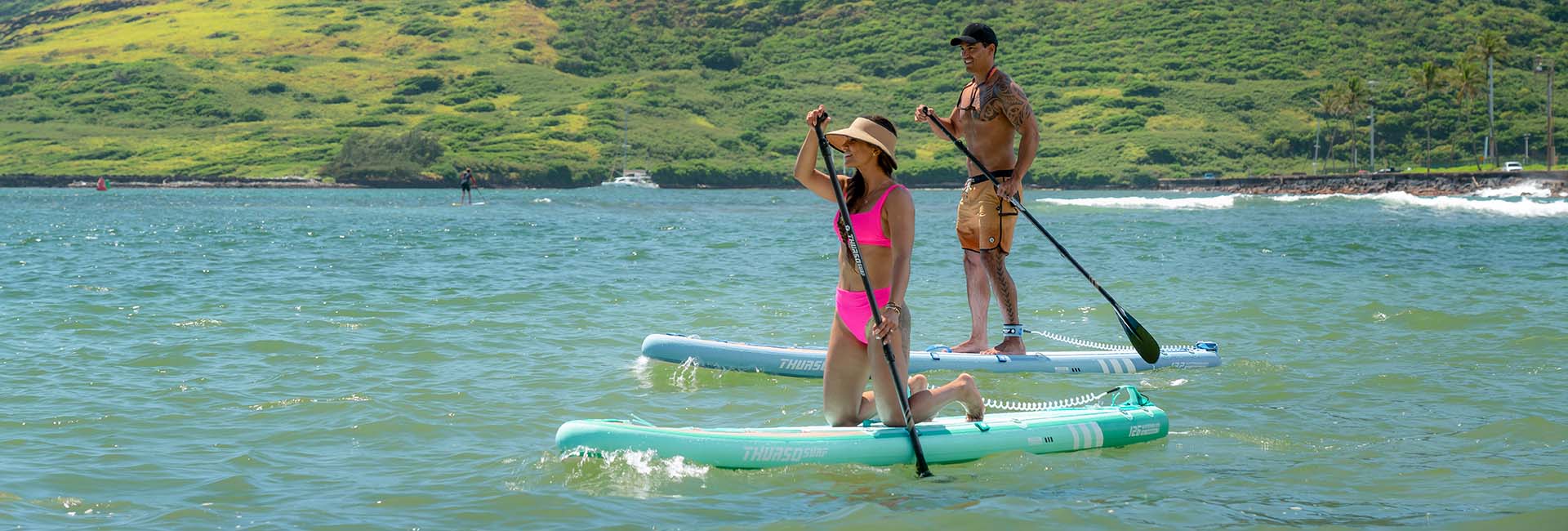
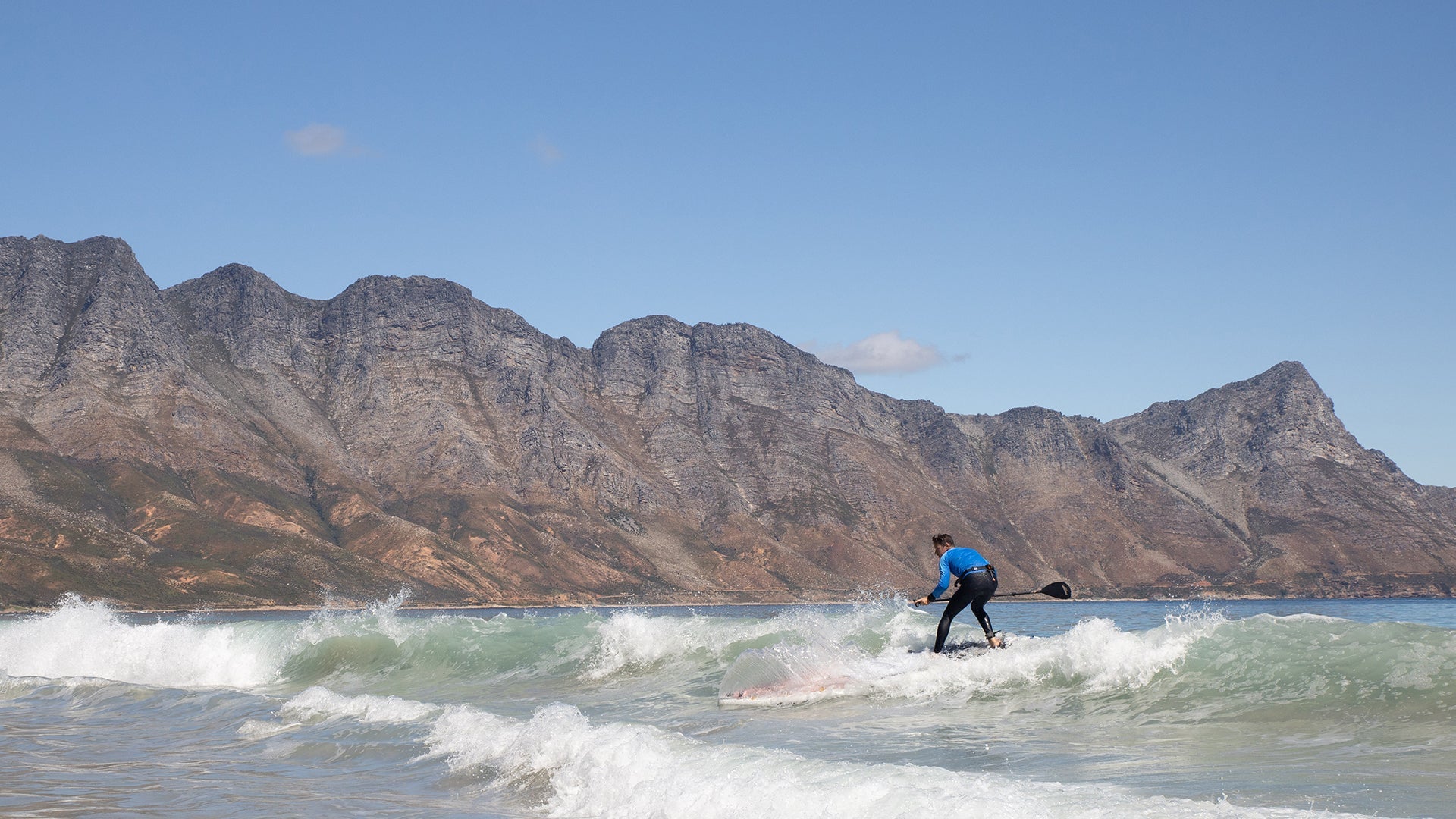
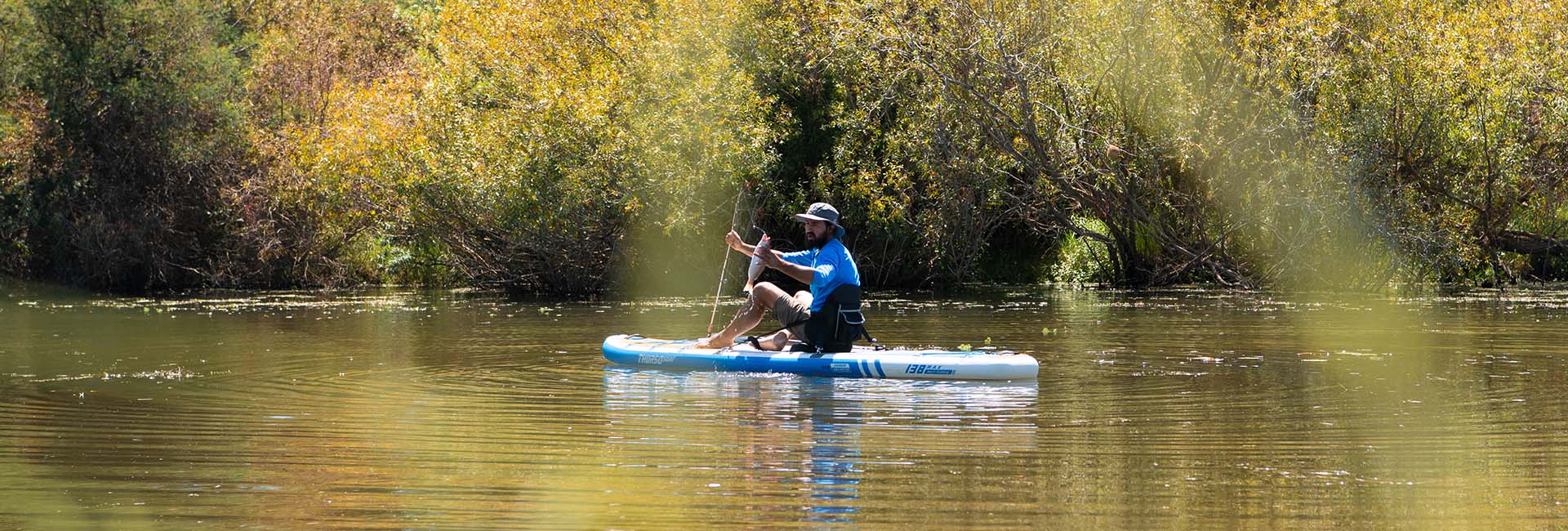
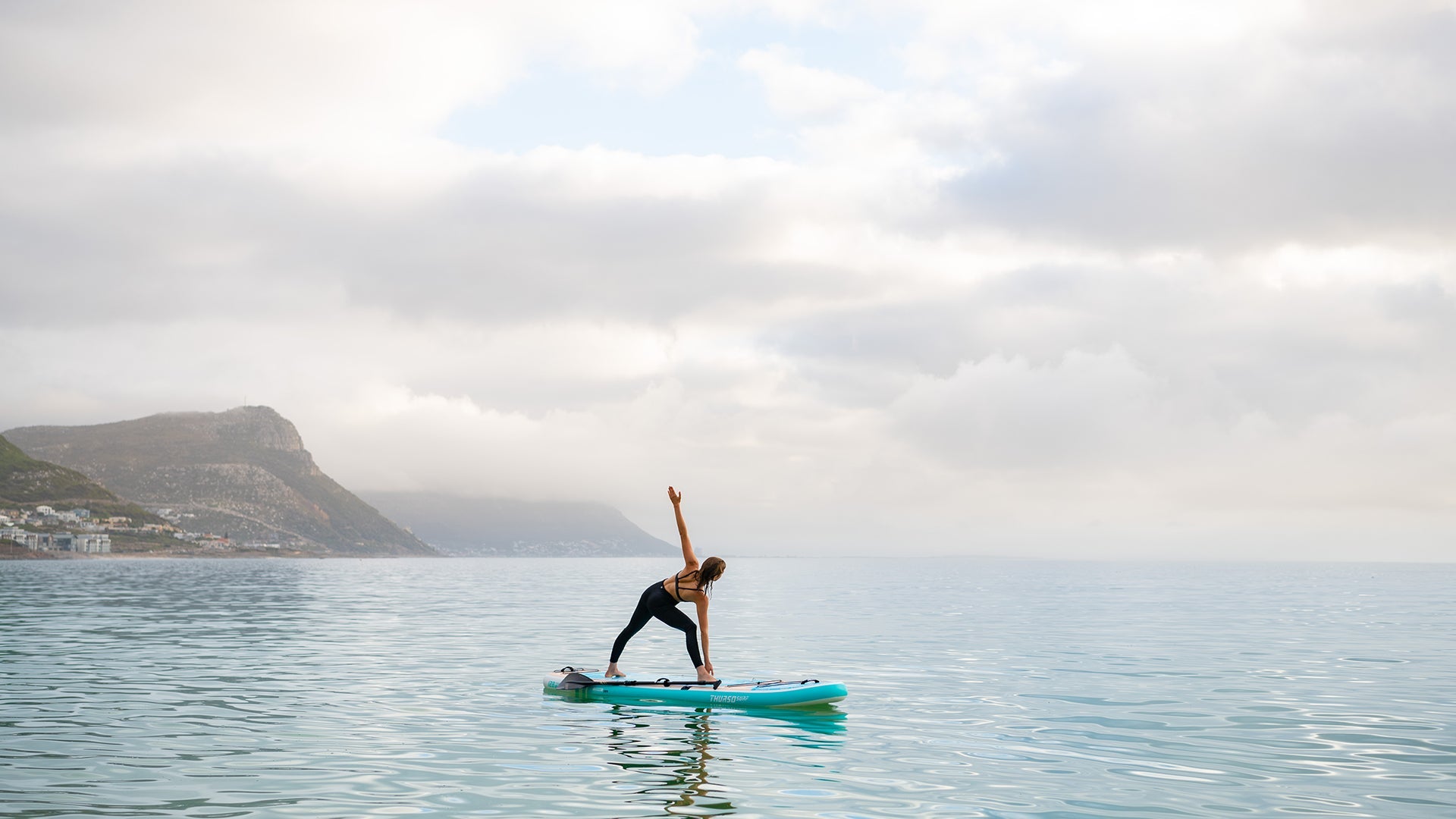
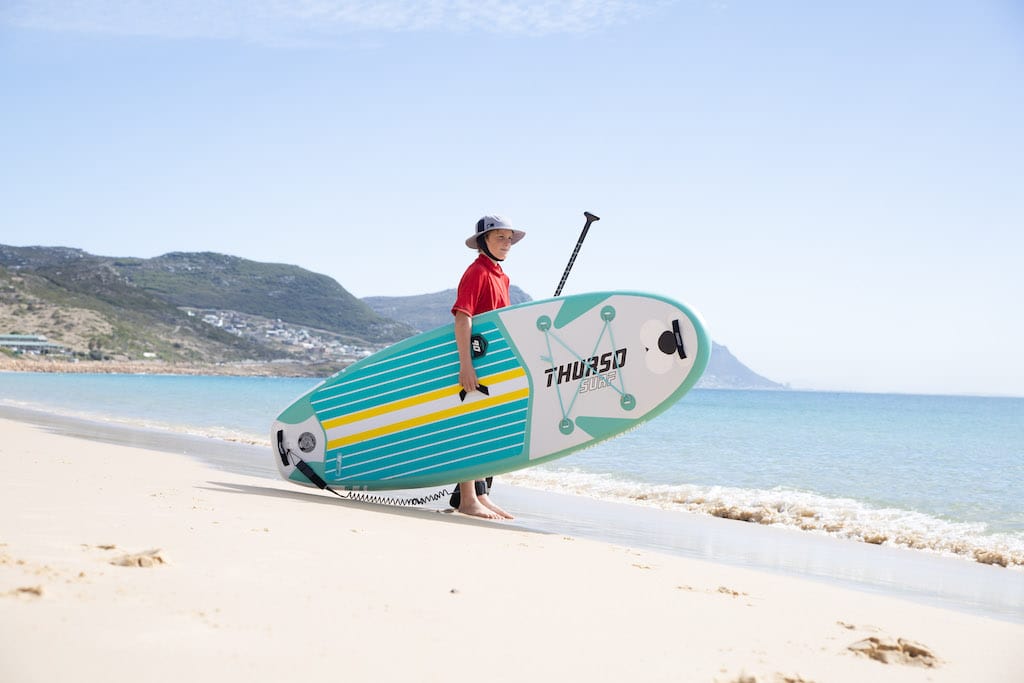
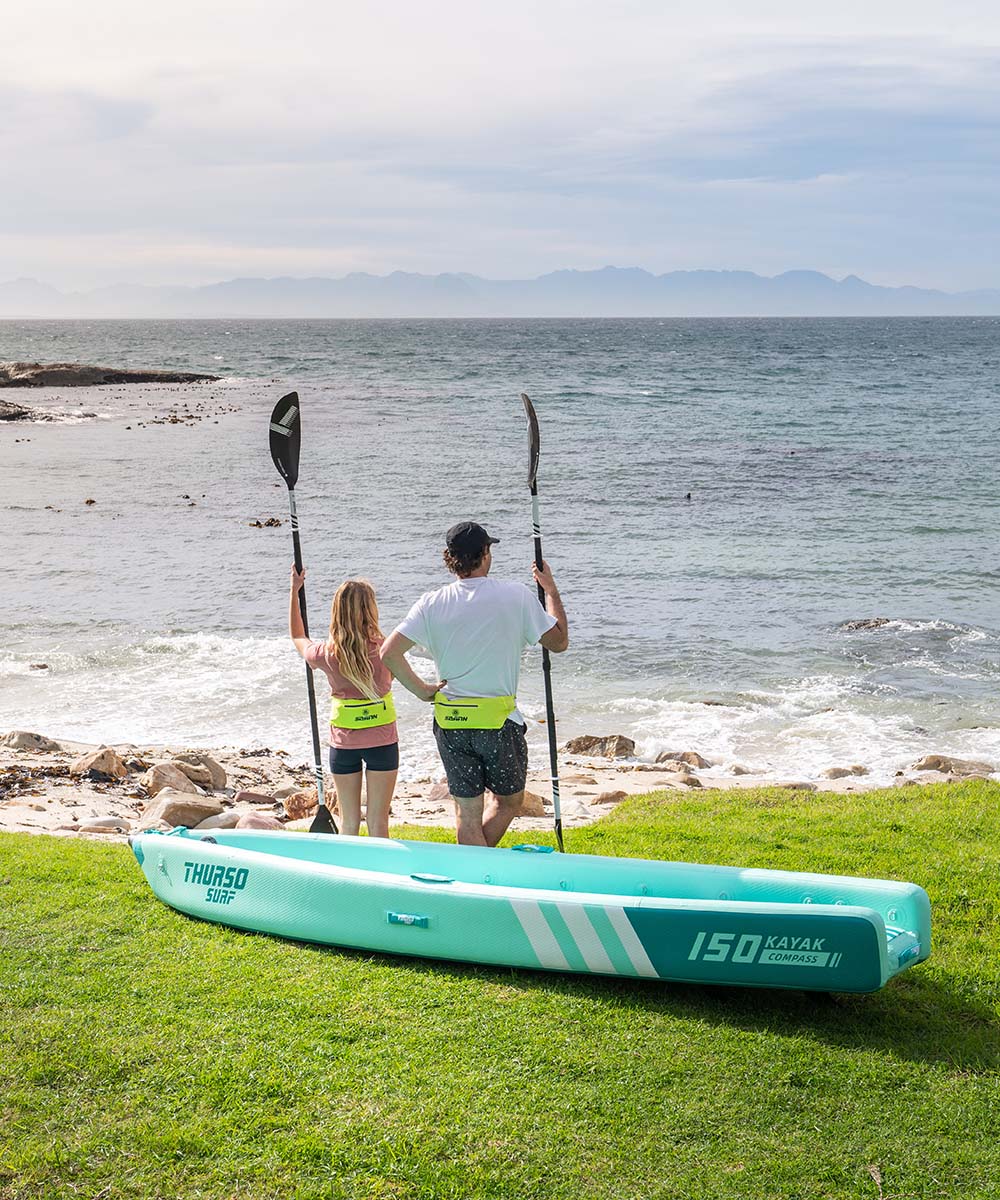
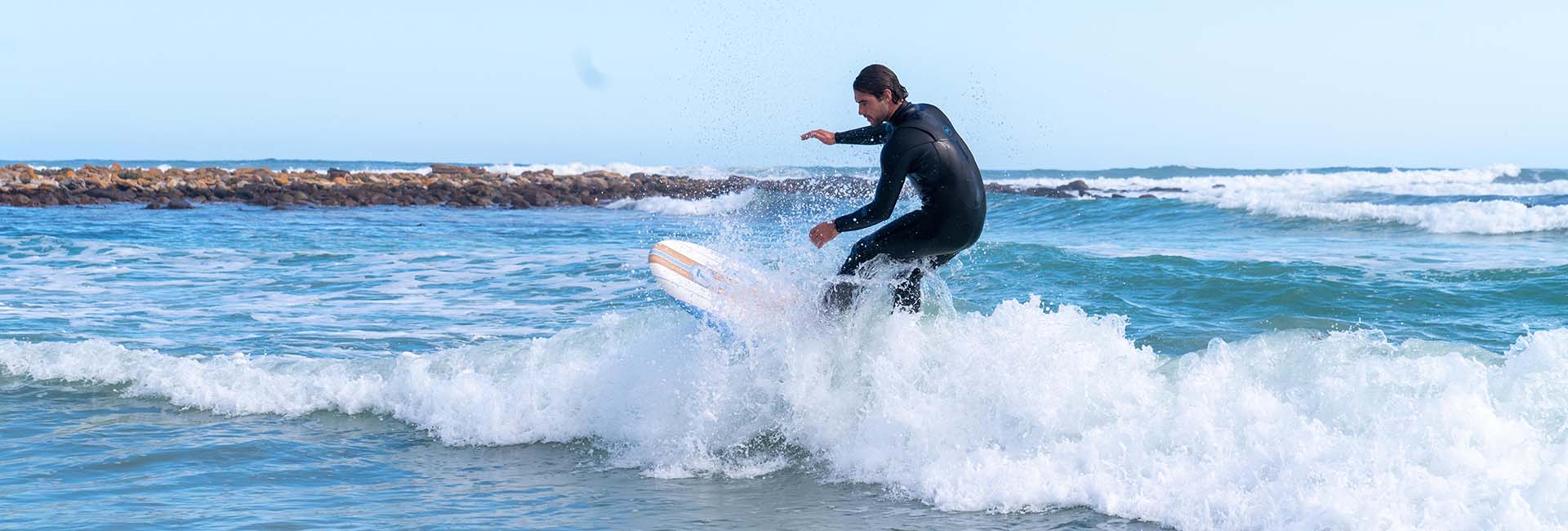
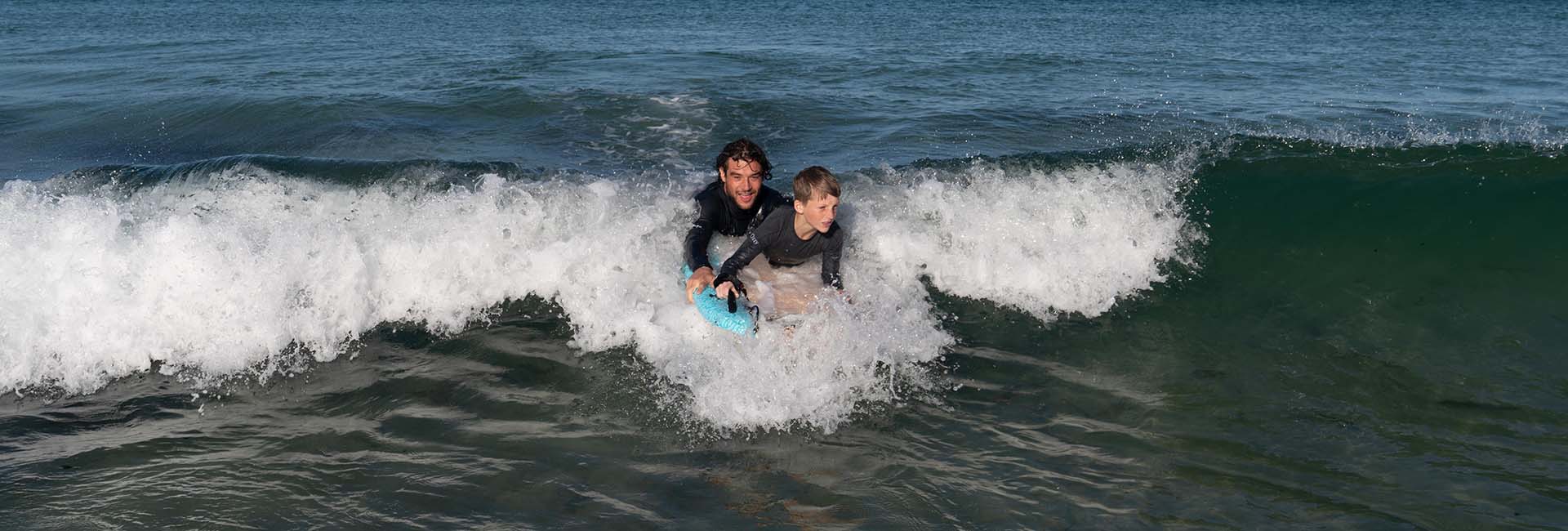
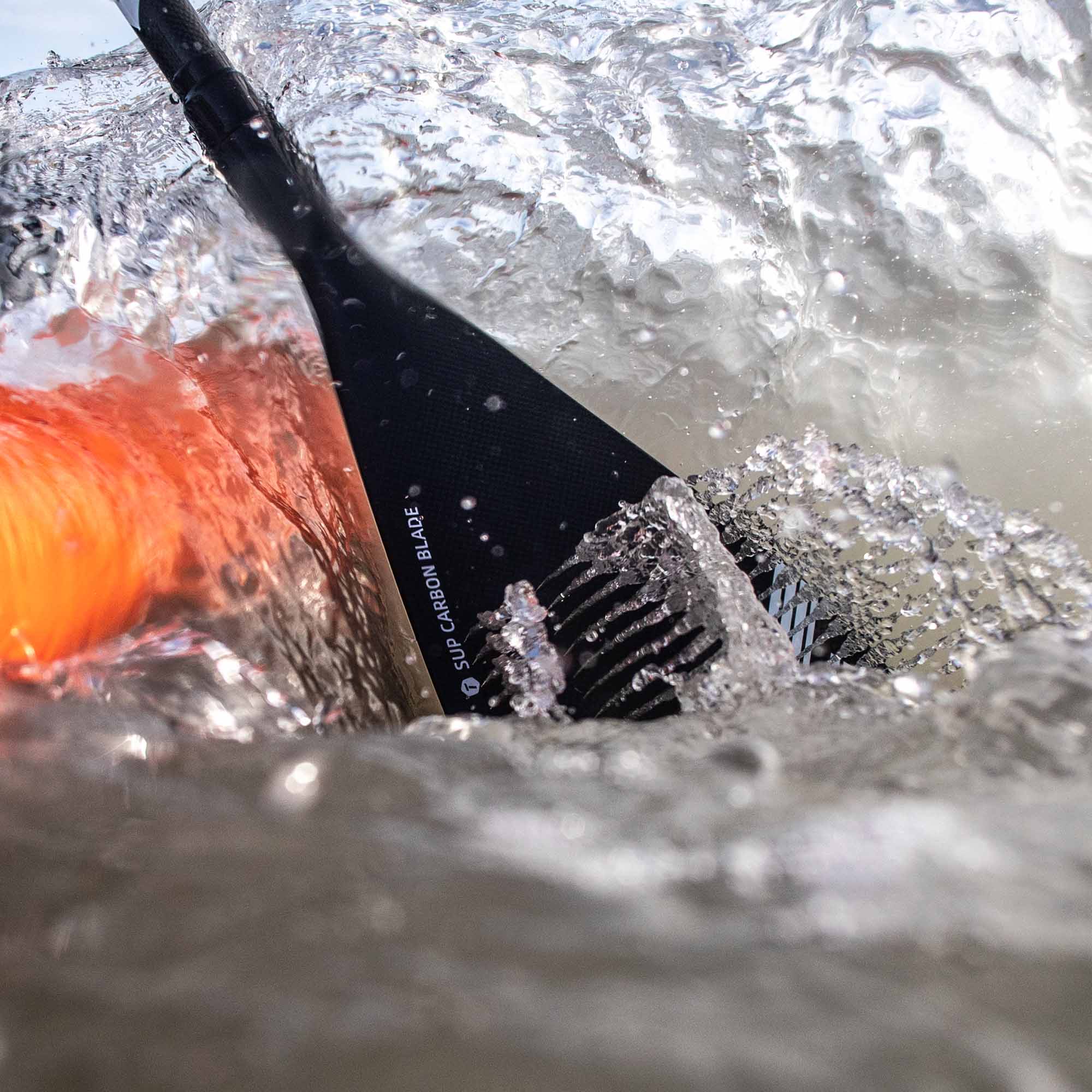
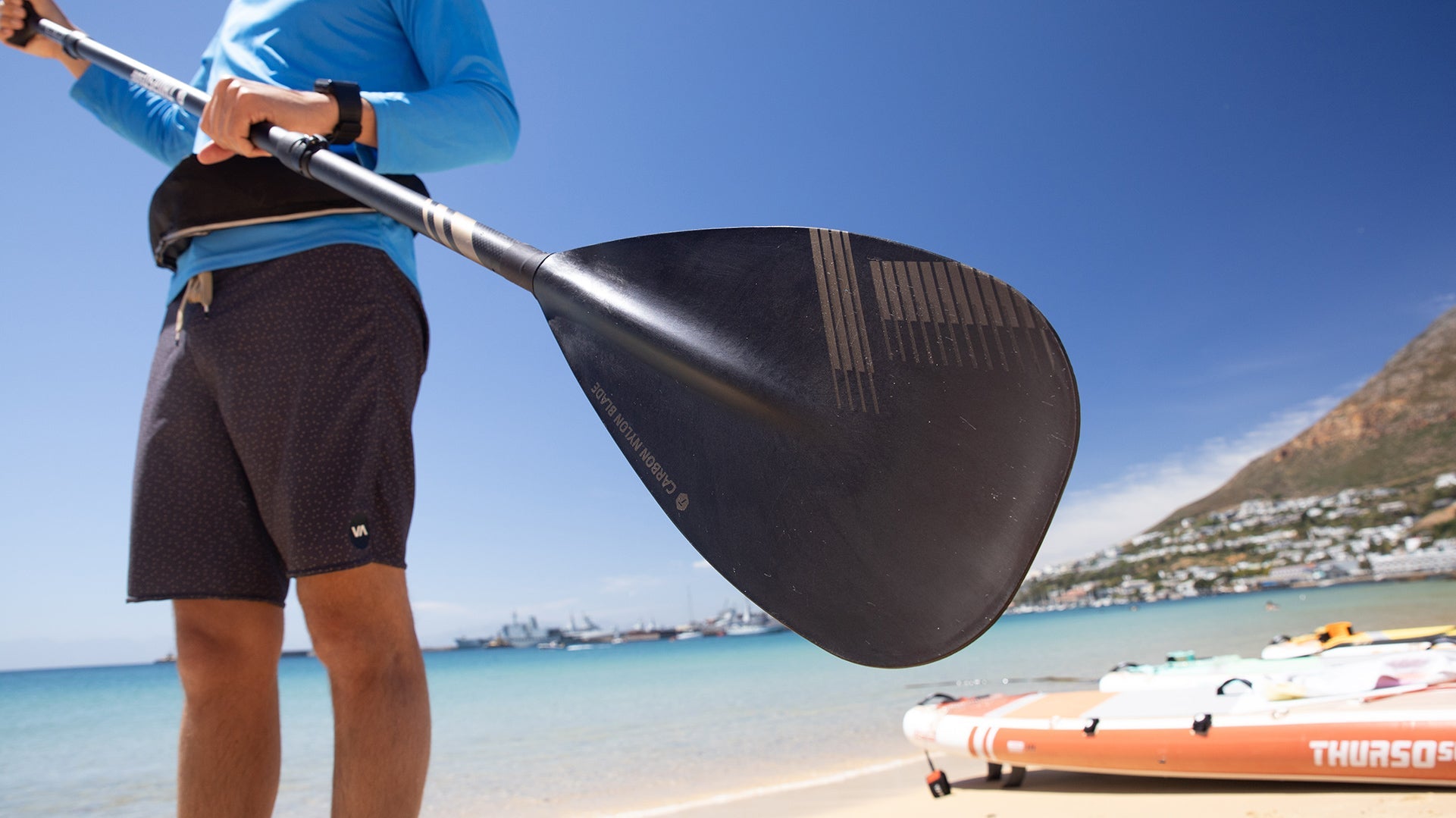
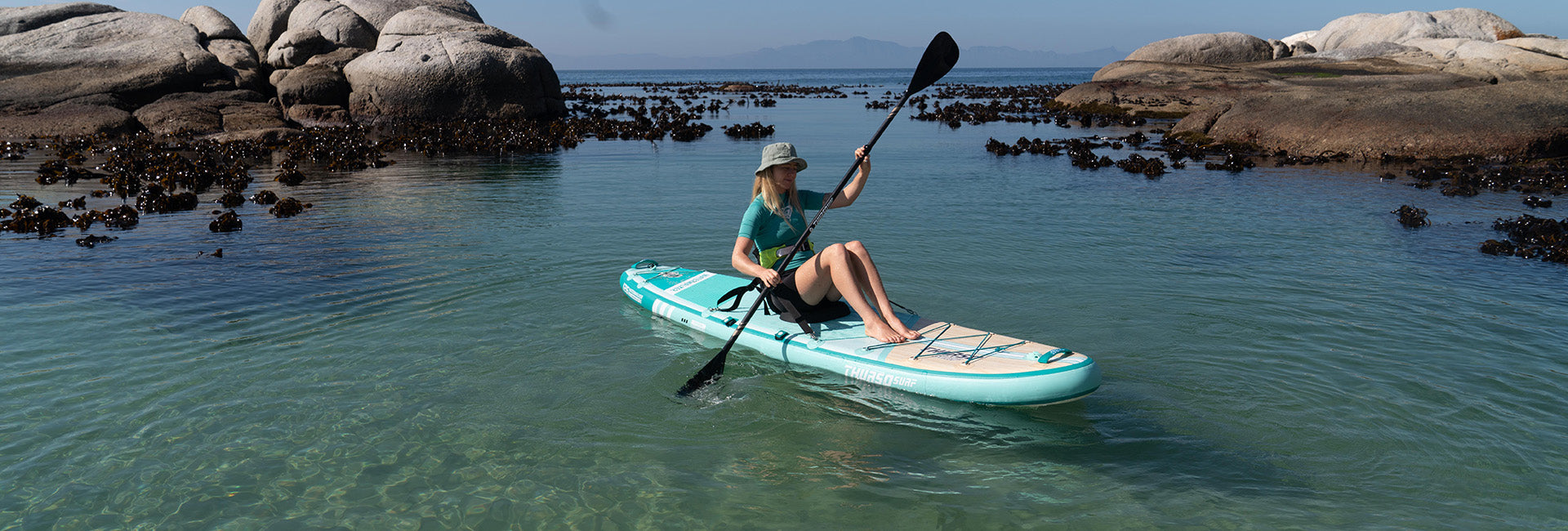
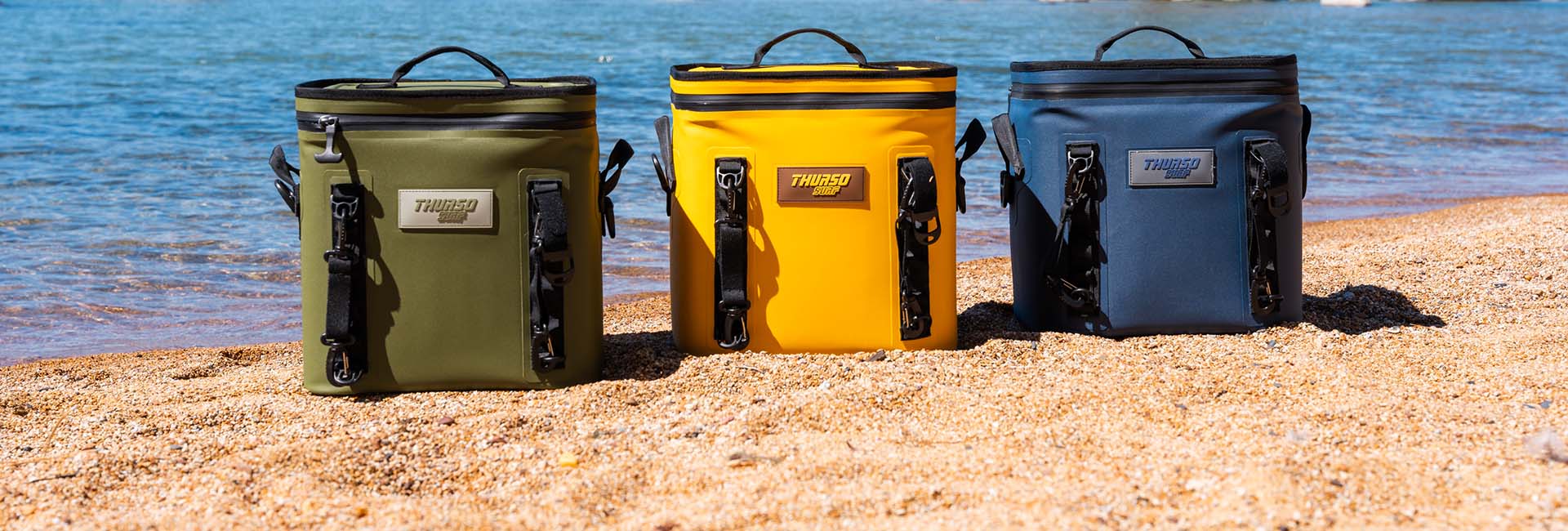
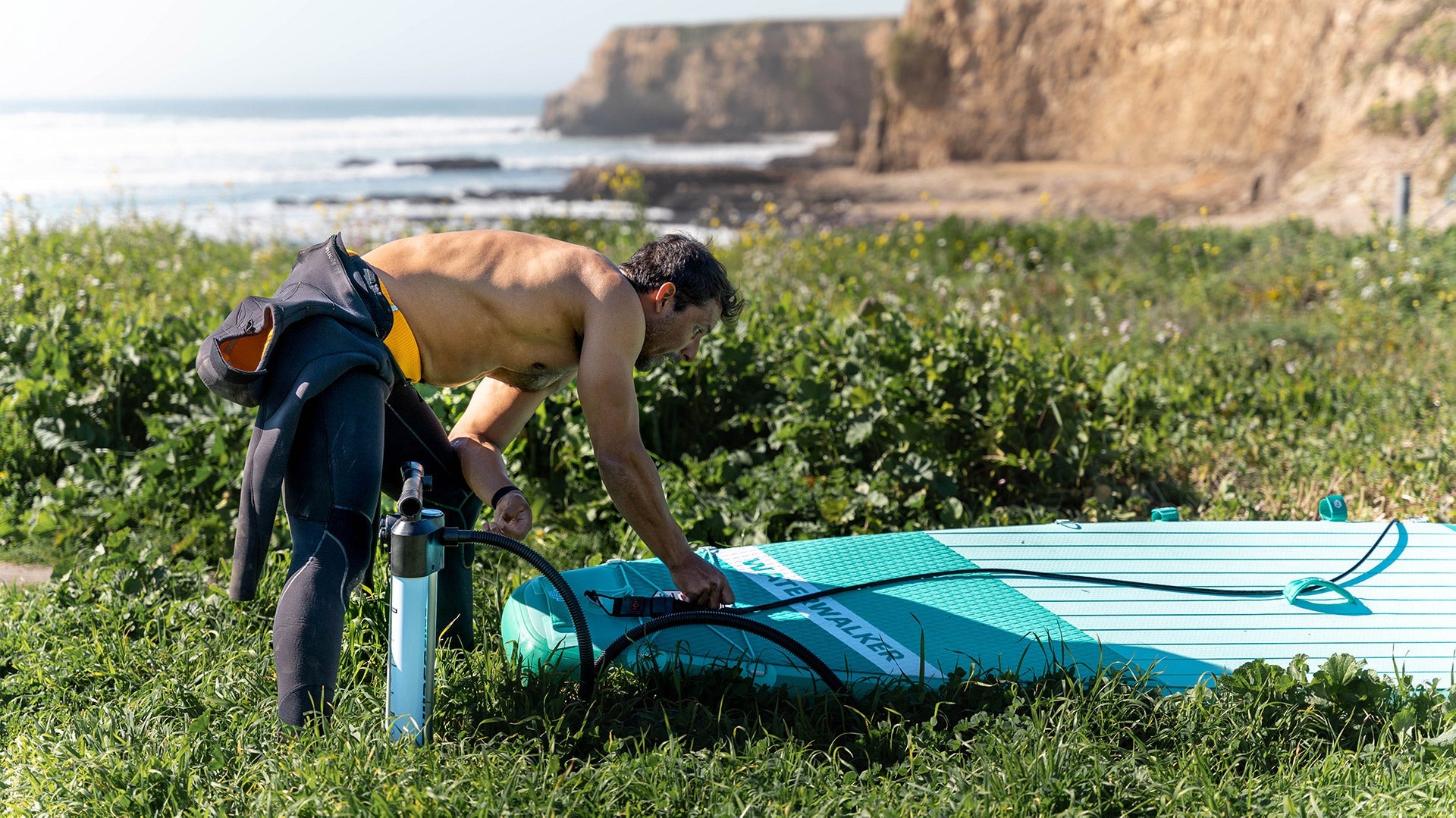
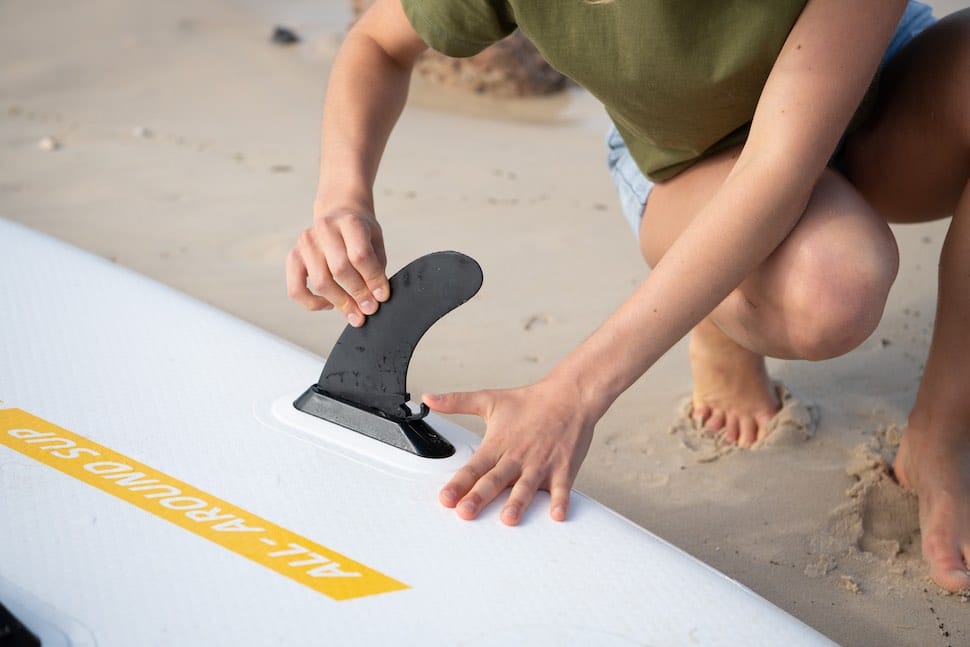

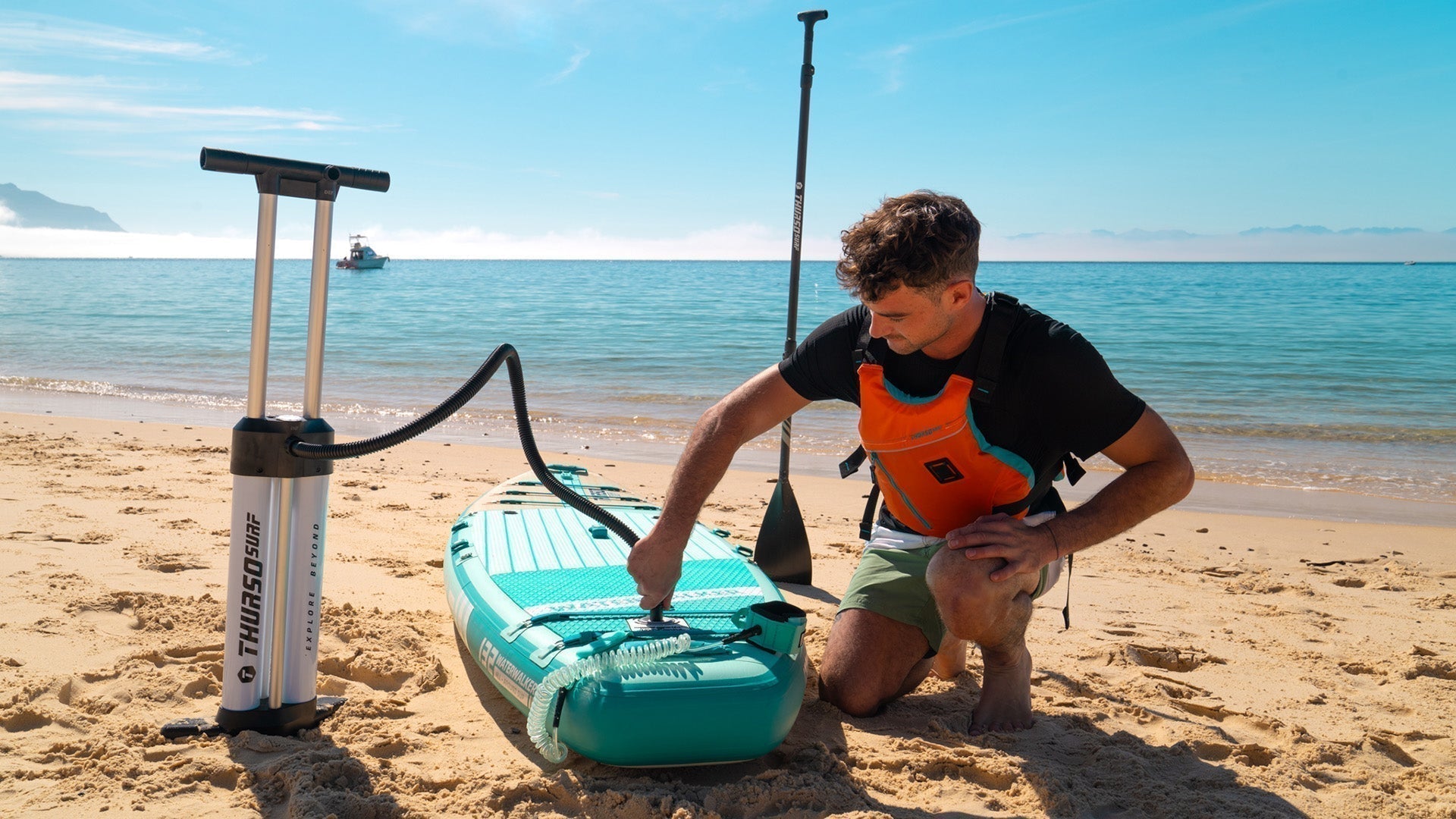
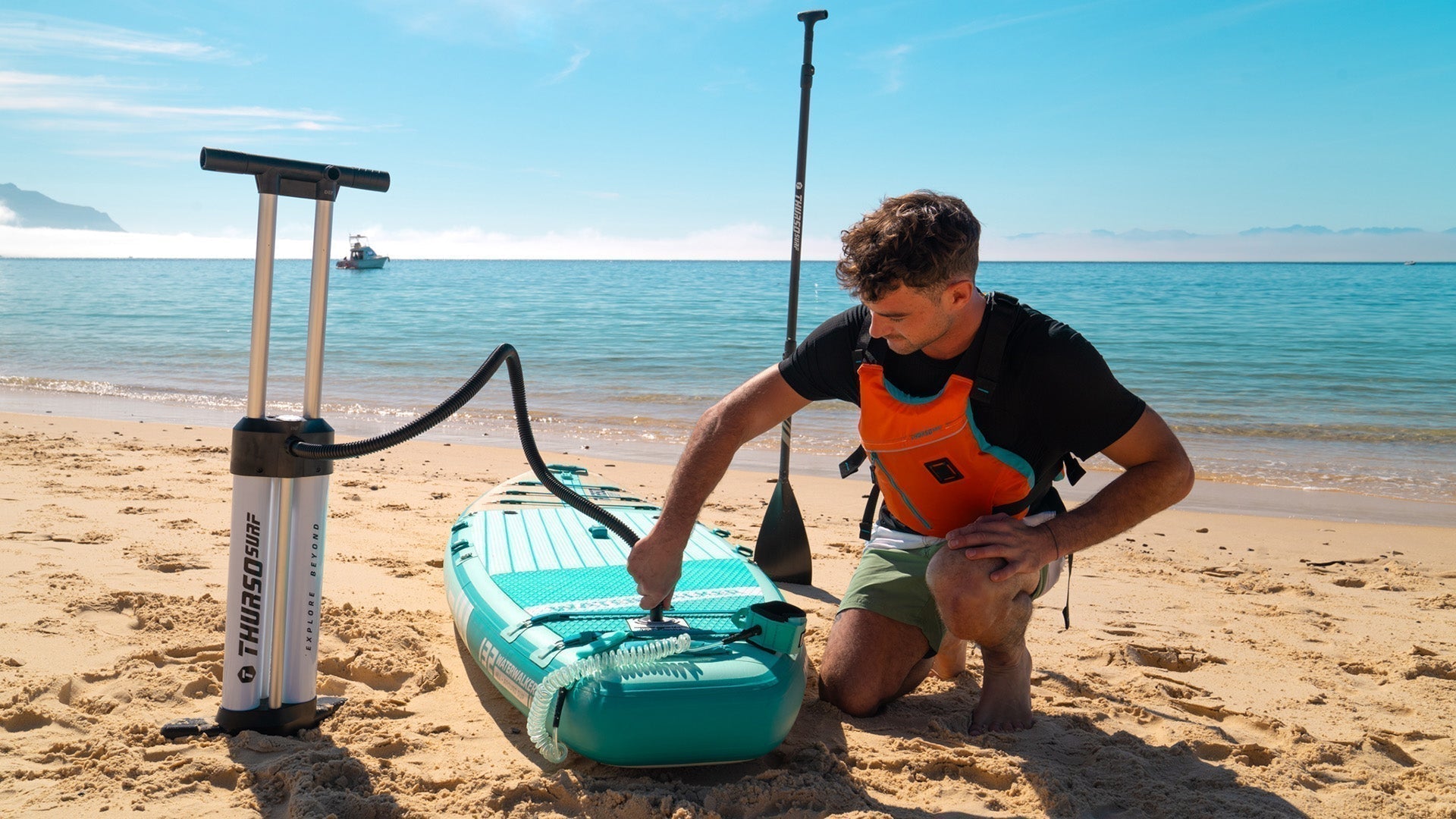
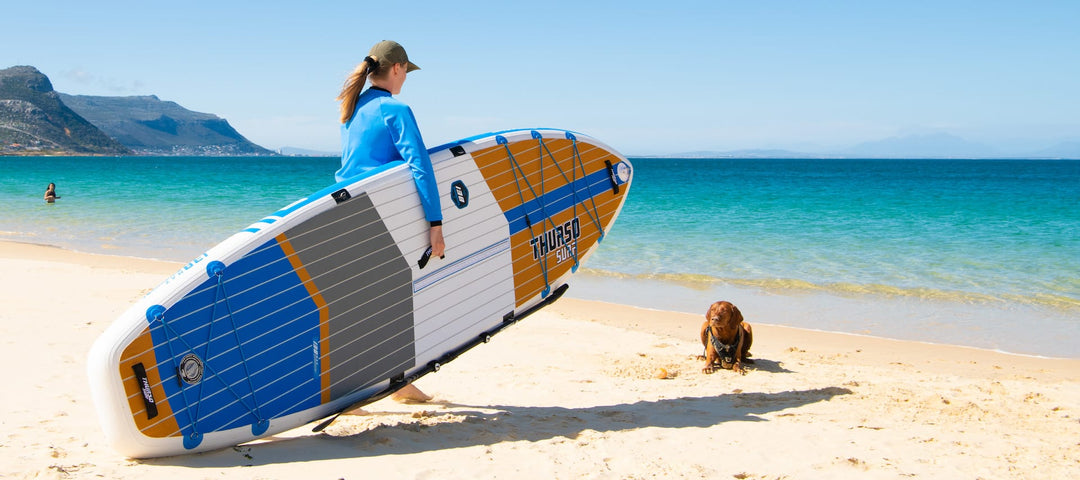
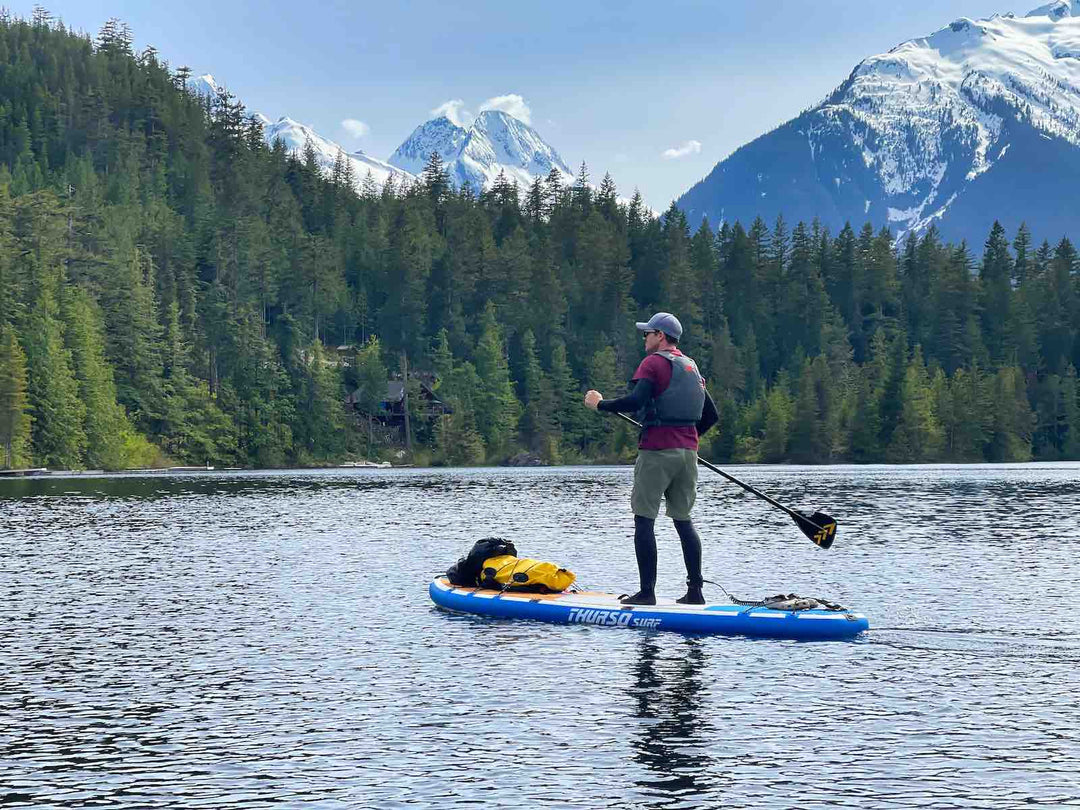

Leave a comment